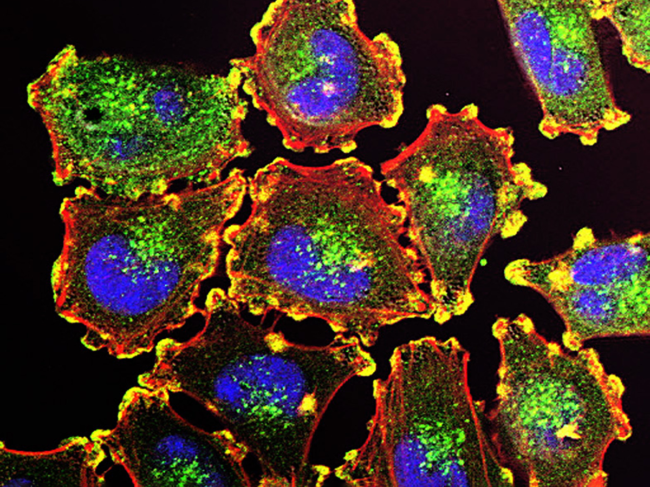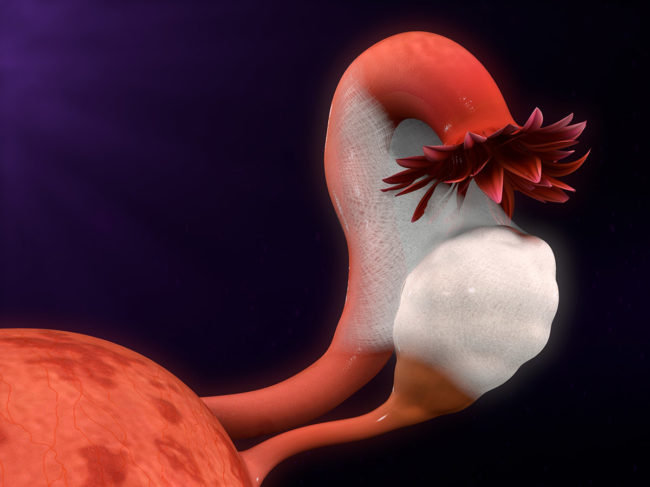
- BioWorld
- BioWorld MedTech
- BioWorld Asia
- BioWorld Science
- Data Snapshots
- Special reports
- Infographics: Dynamic digital data analysis
- Trump administration impacts
- Biopharma M&A scorecard
- BioWorld 2024 review
- BioWorld MedTech 2024 review
- BioWorld Science 2024 review
- Women's health
- China's GLP-1 landscape
- PFA re-energizes afib market
- China CAR T
- Alzheimer's disease
- Israel
- Rise of obesity
- Radiopharmaceuticals
- Biosimilars
- Aging
- IVDs on the rise
- Coronavirus
- Artificial intelligence
ARTICLES
Neurology/psychiatric
Mechanism underlying so-called idiopathic autism inception unveiled
Dec. 16, 2024
By Coia Dulsat
Neurology/psychiatric
Mechanism underlying so-called idiopathic autism inception unveiled
Dec. 13, 2024
By Coia Dulsat
Drug design, drug delivery & technologies
Engineered T cells can serve as organ-specific delivery service
Dec. 11, 2024
By Coia Dulsat
Endocrine/metabolic
Blocking CGRP in endometriosis: two birds with one stone?
Nov. 7, 2024
By Coia Dulsat
Genetic/congenital
Angiopoietin-2 slows down vascular accelerated aging in progeria
Oct. 23, 2024
By Coia Dulsat
- BioWorld
- BioWorld MedTech
- BioWorld Asia
- BioWorld Science
- Data Snapshots
- Special reports
- Infographics: Dynamic digital data analysis
- Trump administration impacts
- Biopharma M&A scorecard
- BioWorld 2024 review
- BioWorld MedTech 2024 review
- BioWorld Science 2024 review
- Women's health
- China's GLP-1 landscape
- PFA re-energizes afib market
- China CAR T
- Alzheimer's disease
- Israel
- Rise of obesity
- Radiopharmaceuticals
- Biosimilars
- Aging
- IVDs on the rise
- Coronavirus
- Artificial intelligence






